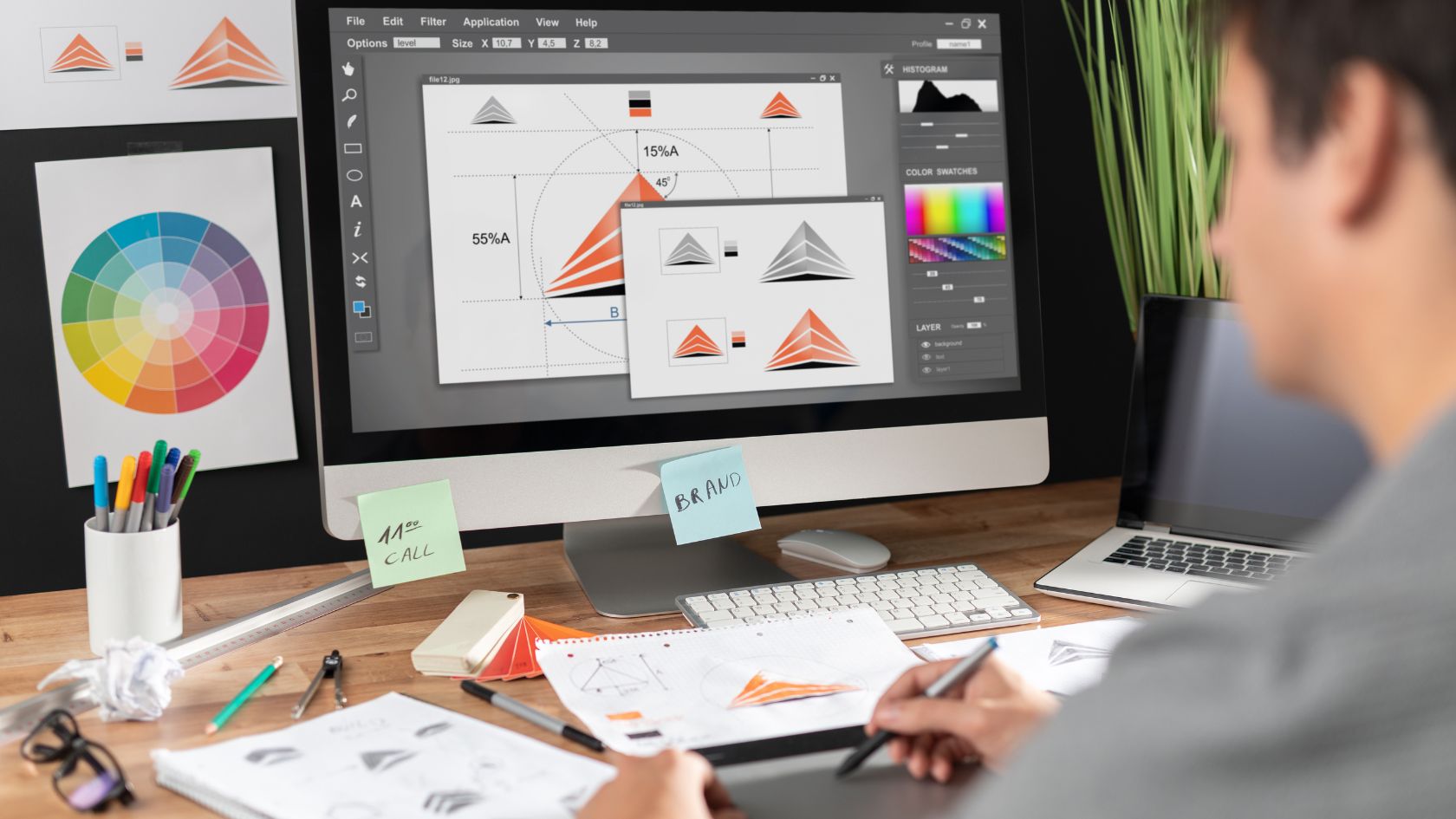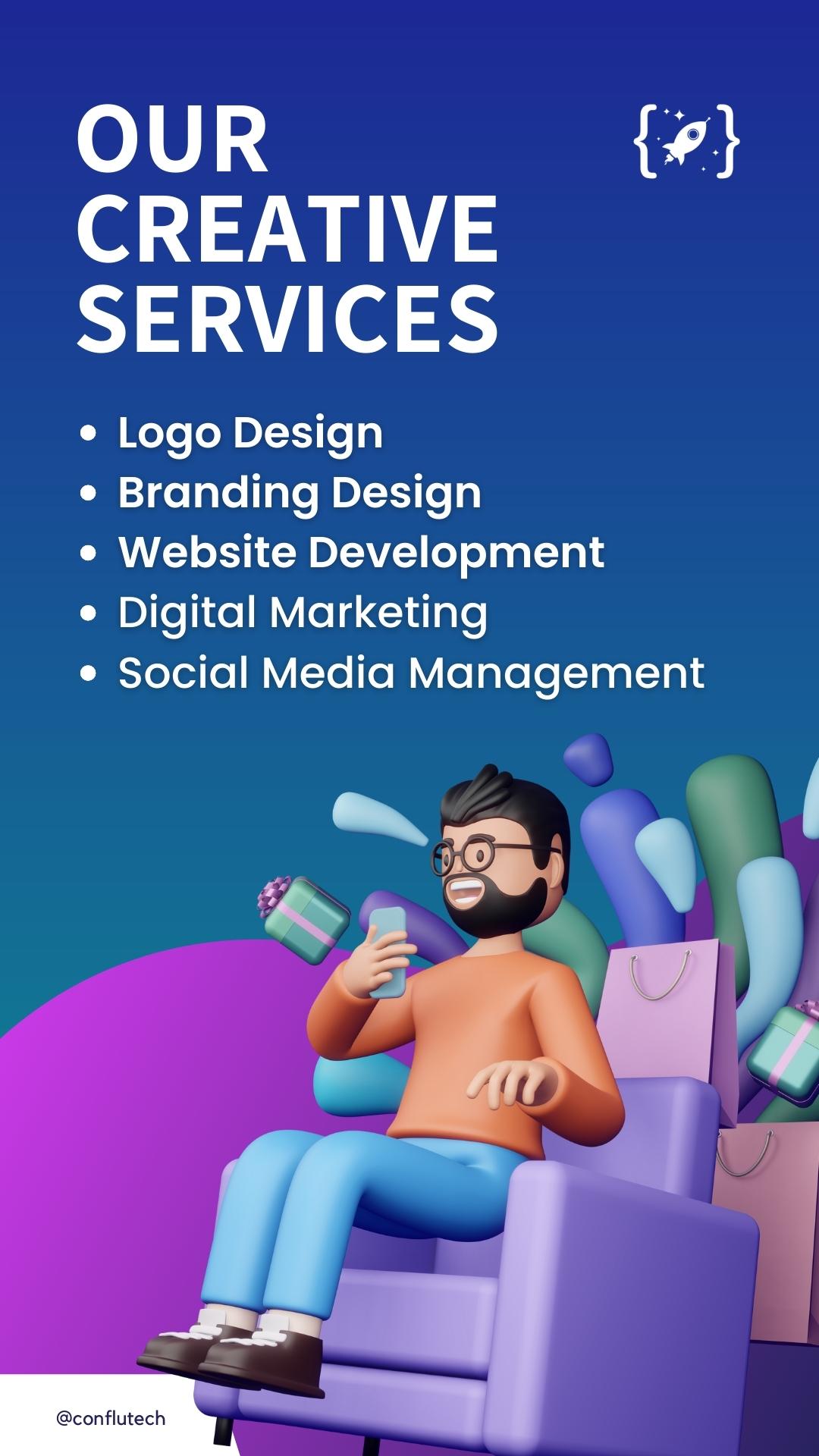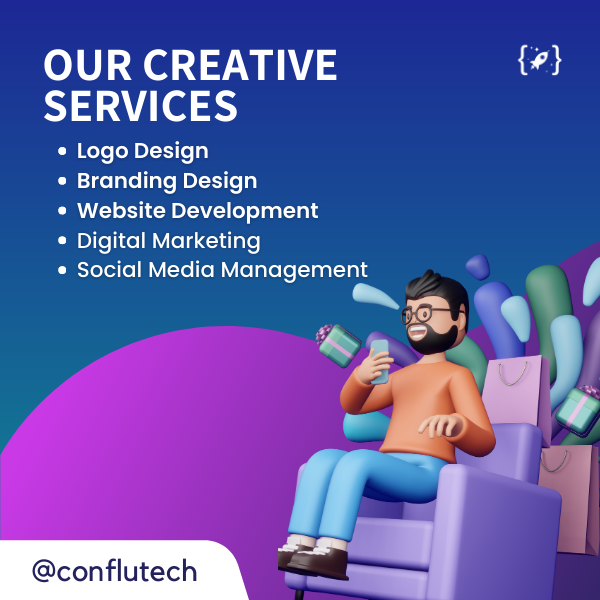Creating an effective logo design can make a world of difference in the success of your business. A logo is one of the most important elements of branding and marketing, representing the company’s values and goals. To ensure that your logo design will stand out from the crowd and convey your message to customers, it is essential to understand some basic best practices for creating a strong logo design.
The first step in developing an effective logo is to determine what it should represent. Consider the overall mission statement and brand identity of your business when deciding what kind of look you want to achieve with your logo. Once you have a vision in mind, start exploring different options such as fonts, shapes, colors and images that could be used to communicate those ideas visually. Also think about how these elements will work together to create a cohesive image that resonates with viewers.
Color Psychology

Color Psychology
Color psychology examines how colors can influence a person’s mood or behavior. Different hues evoke different reactions, and understanding these principles is an essential element of effective logo design. The purpose of a logo isn’t merely to look attractive; it should also be able to convey an emotion or feeling that is relevant to the company or product it represents. As such, selecting the right color palette is incredibly important when designing logos.
When deciding which color scheme to use, consider the target audience and their associations with particular hues – for example, blue might evoke feelings of trustworthiness while red might be seen as more energetic and exciting. It’s also important to keep in mind how certain colors work together – certain combinations may clash whereas others may create a pleasing aesthetic.
Fonts & Typography
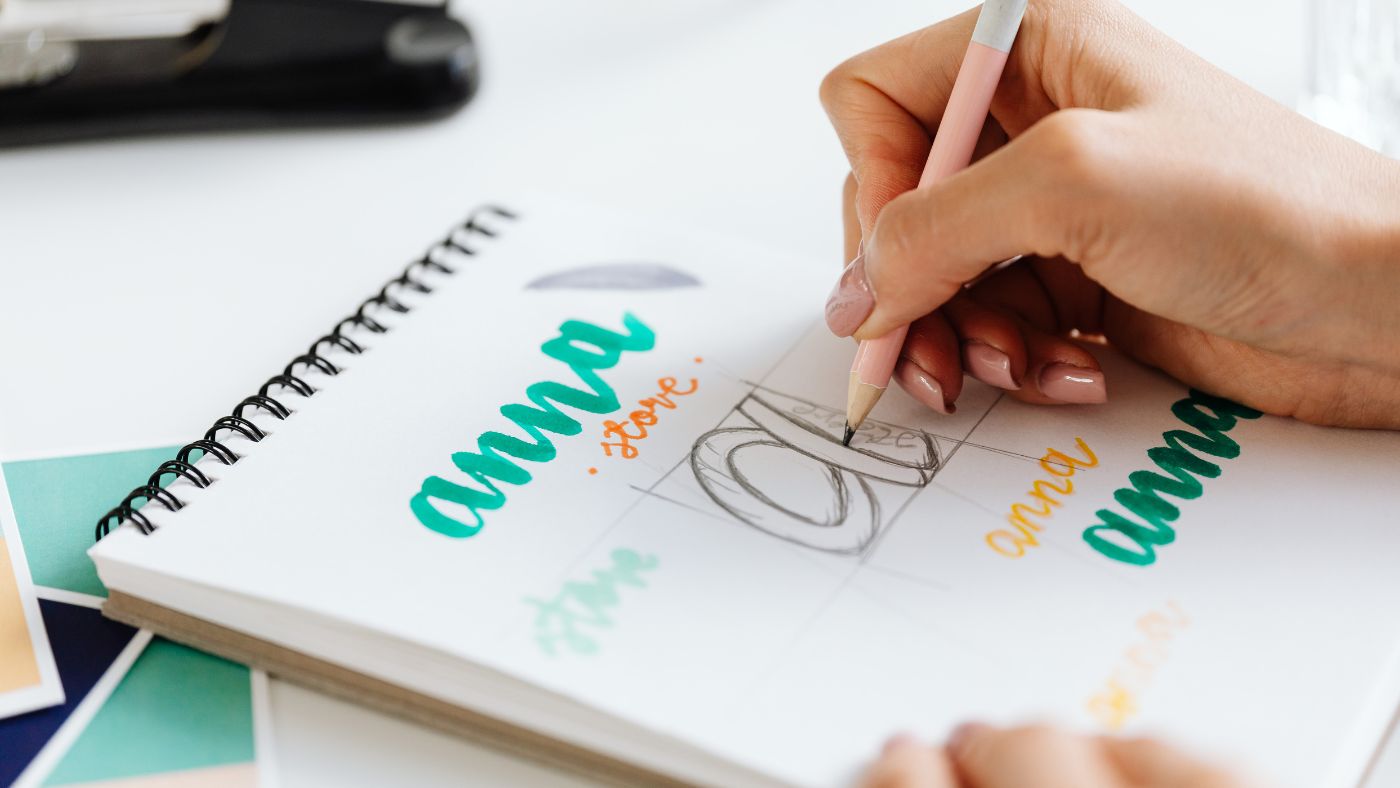
Fonts & Typography
Fonts and typography are some of the most important elements in logo design. They can be used to express the brand’s voice, evoke a certain emotion, or create an aesthetic that will be easily recognizable by the target audience. When done correctly, fonts can make a logo stand out from the competition and help create an unforgettable brand identity.
There are two main types of fonts: serif and sans-serif. Serif fonts have small lines at the end of each letter while sans-serif fonts do not have these lines. While there is no one-size-fits-all solution when it comes to selecting a font for your logo design, it’s important to consider legibility as well as aesthetics when making your choice. Selecting multiple weights and styles of each font type can provide more variety within your overall logo design.
Alignment & Hierarchy
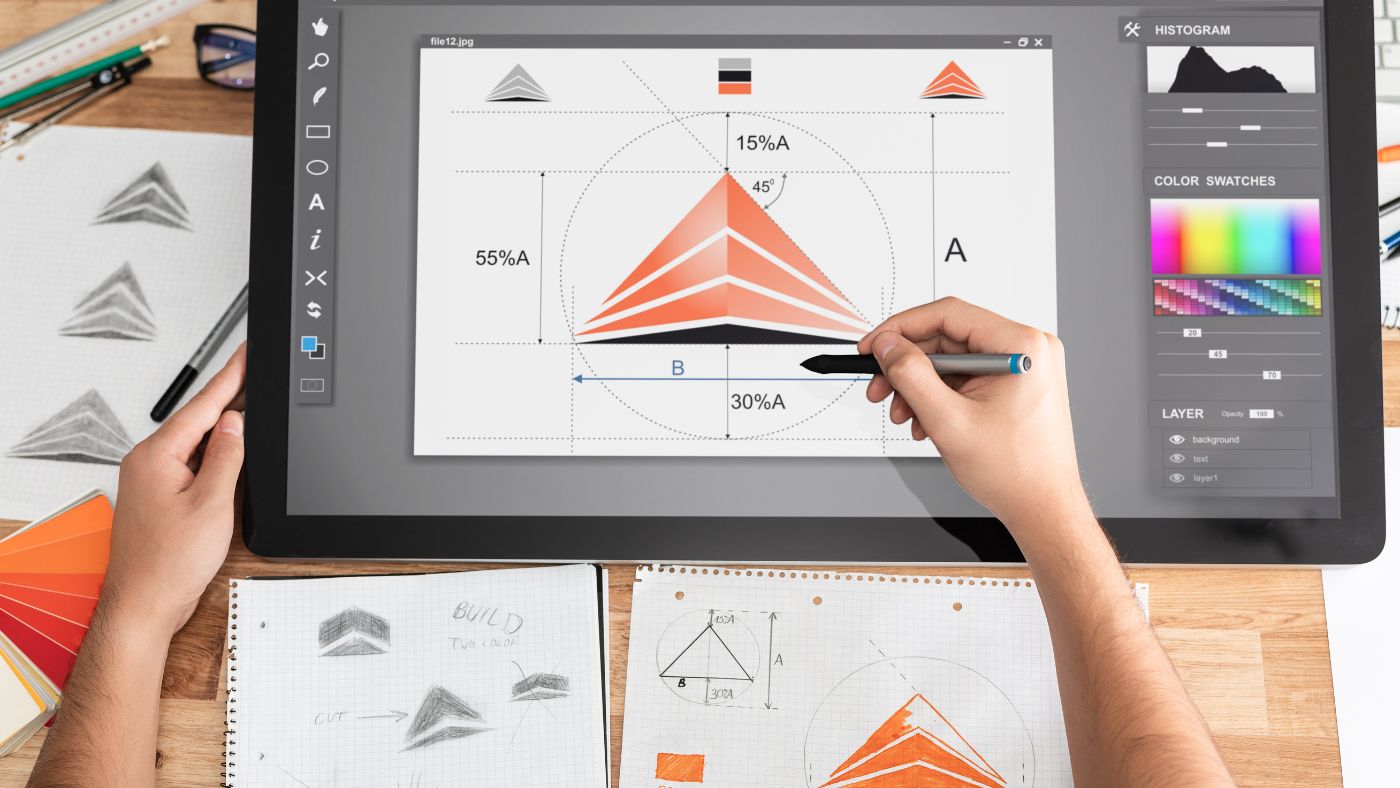
Alignment & Hierarchy
Good logo design is key to a successful brand identity. Alignment and hierarchy are two essential design principles that, when applied correctly, can help make your logo look strong and professional.
Alignment is the process of arranging elements within a design so that they line up along an invisible axis. It helps create visual balance by making sure all elements are placed in relation to one another. When viewing a logo with properly aligned elements, it should appear as if all the pieces have been put together like a puzzle. Hierarchy is another important concept that aids in creating order and structure within the logo design. By using different variations of size and weight for each element, you can establish which parts take priority over others in order to guide viewers through your logo’s message. With these two fundamental principles combined, logos will not only look organized but also stand out from the competition.
Image & Visual Elements
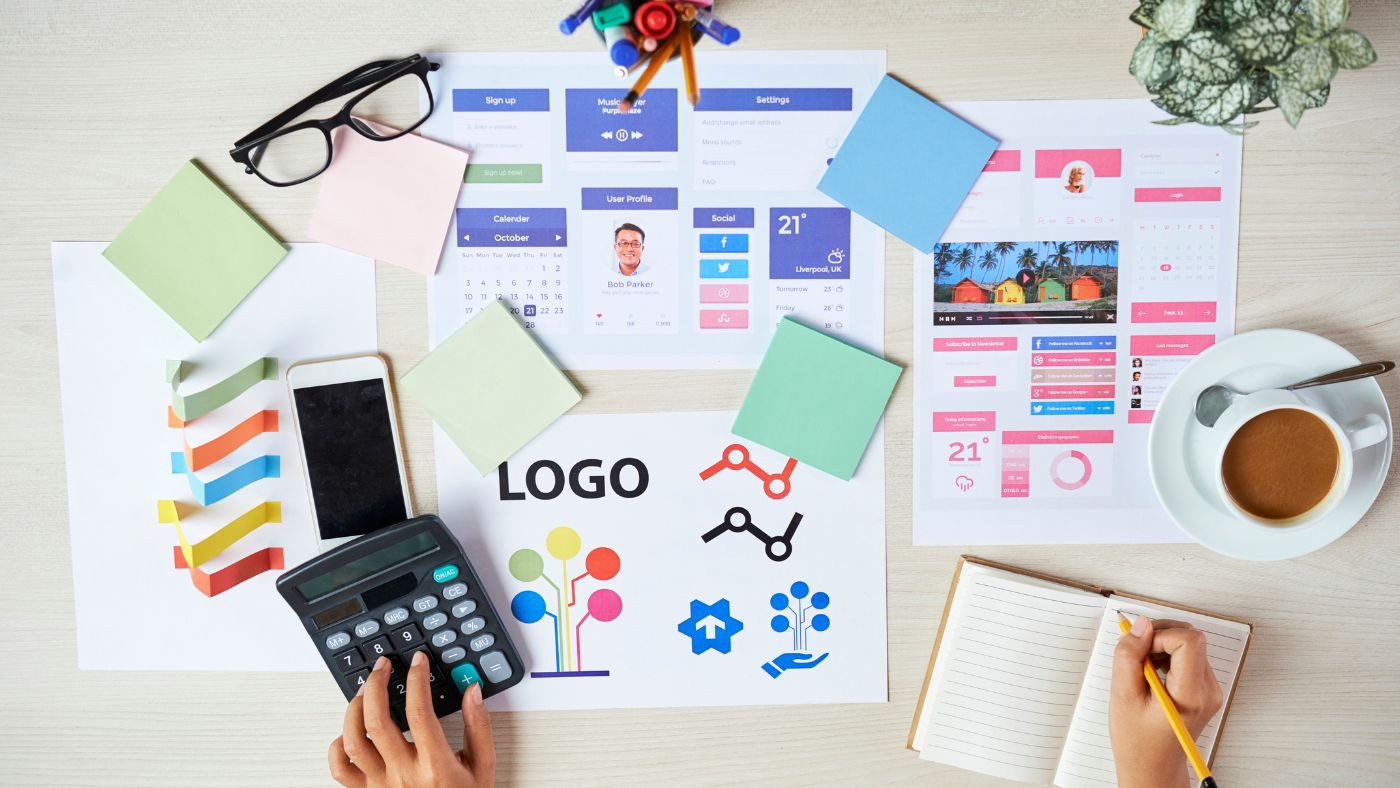
Image & Visual Elements
When it comes to logo design, image and visual elements play a major role in creating a memorable logo. These elements should be carefully chosen to express the desired message or concept of the business. The right combination of colors, fonts, shapes and texture can evoke emotion and attract attention effectively.
It is important to understand that each element has its own significance in conveying meaning to the viewers. Colors, for instance, may represent different values like energy, joy or trustworthiness while font choice often reflects a brand’s personality. Shapes can also represent something specific like a heart for love or a tree for nature. Furthermore, textures allow logos to stand out from other designs by adding depth and dimension as well as an extra touch of sophistication.
Branding Considerations
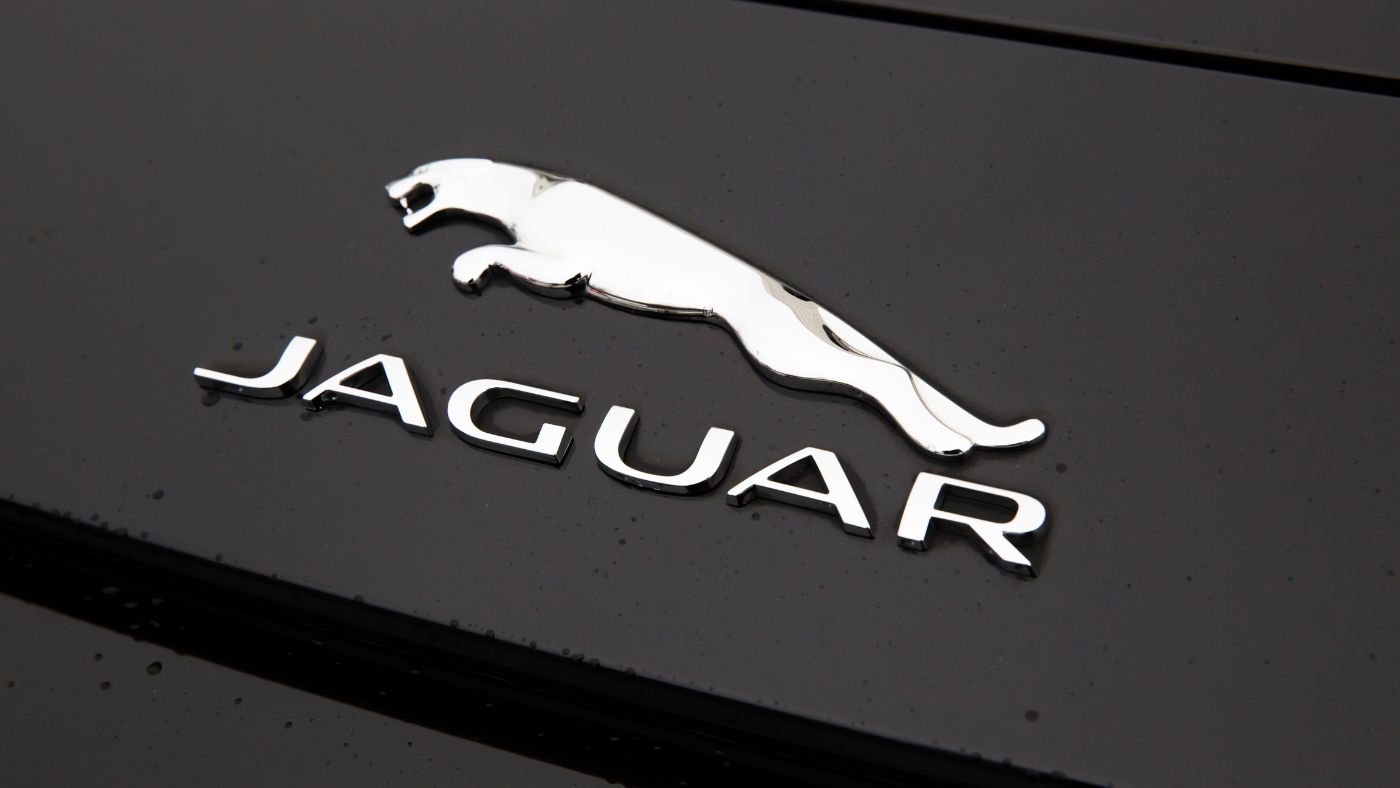
Branding Considerations
Branding Considerations is an important part of any logo design project. When creating a logo for your business, it’s essential to take into account the entire branding package – from color and font selection to overall messaging and positioning. To ensure that your logo stands out from the competition and tells a story about your company, consider these key elements when designing your identity.
First, think about the message you want to convey with your logo design. Choose colors that represent the personality of your brand, as well as fonts that are easily recognizable and readable at different sizes. Additionally, be sure to use symbols or shapes in conjunction with images or words to create a unique visual experience for viewers. Finally, take into account all of the channels through which people will be viewing your logo – online, in print materials, etc.
Conclusion: Tips for Success
Logo design is an incredibly important part of any company’s marketing strategy. It helps customers, potential customers, and partners identify your company, its values, and what it stands for. Crafting a successful logo requires skill and knowledge of best practices in the field. To help ensure success when designing a logo, here are some key tips to keep in mind.
Firstly, consider the audience you’re creating the logo for; who will be seeing it? What message do you want to send? Tailor any graphics or words used accordingly so that they reflect positively on your brand. Secondly, look at logos from other businesses in your industry; what makes them effective? This can give you ideas on how to make yours stand out from the competition in a positive way.
Having a well-designed logo is essential to building a strong brand identity. By following the best practices in logo design, you can create a logo that effectively communicates your brand’s values and personality to your target audience. If you’re ready to take your brand to the next level with a professional logo design, our team of expert designers is here to help. With years of experience in creating logos for a wide range of industries, we have the skills and creativity to bring your vision to life. Don’t wait any longer to make a lasting impression on your customers. Contact us today to learn more about our logo design services and get started on your journey to a memorable brand identity.


